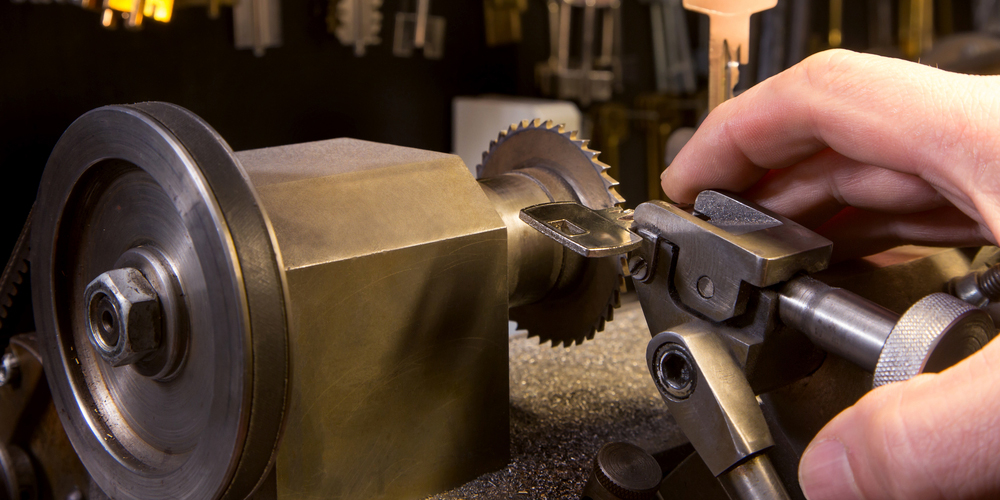
The task of plastering is perhaps one of the most difficult aspects of the construction business. It is plastering that gives the building the desired shape and look. So, this requires a great deal of research and skill on the part of the certified plasterer who is undertaking the task. There have been considerable advancements in the techniques of plastering that are now being adopted by the various plasterers that take place all across the globe particularly, London. These latest advancements have made plastering a very lucrative occupation and one of the most sought-after aspects of the construction business. Let us now see the various plastering techniques that are being followed in the construction-related plastering jobs London.
Types of plastering
- At present, there are basically two types of plastering materials that are commonly used, namely cement-based plastering and gypsum-based plastering.
- However, since applying the gypsum-based plaster is easier than the application of the cement based plaster, the former one is used more.
- Gypsum based plastering absorbs moisture easily so, it is generally used for interior purposes while the cement based plaster is used in both interior as well as exterior walls.
Plastering details are:
Exterior Plastering
- The most common method of exterior plastering used by certified plasterers is the Stucco plastering technique.
- Stucco is the term given for any kind of exterior plaster material. This can be either lime or cement.
- Even, the Stucco method uses 4 varieties of composites. They are as given below:
- Common stucco – a mixture of 1 part of cement or hydraulic lime and 3 parts of sand. This plaster gives a plain finish to the wall.
- Rough stucco – it is a kind of exterior which gives an effect of imitation of stonework. This effect is achieved in plastering with the use of a hand float covered with rough felt.
- Trowelled stucco –this type of plastering uses an amalgamation of 2 parts of cement and 3 parts of sand. The effect is a smooth finish.
- Bastard stucco – This surface is almost like the common finish but this is laid instead on two coats with a skimming float, cleaned then trowelled.
Interior Plastering
Interior plastering is very different form Exterior plastering. There are 2 types of techniques that are used. These techniques are drywall and plastering:
Drywall
Drywall is nothing but a type of sheet-rock that is greenish in colour. In this method, gypsum boards are used. The drywall boards are 4 feet by 8 feet s and are screwed to the wall studs to form the wall. In between the edges of drywall sheets are seams. These seams are covered with mesh tape after which the screws and the seams are covered with drywall plaster to conceal them for a finished look. The drywall can either be painted on or wallpapered for the final finishing touch.
Veneer plastering
Another type of interior plastering technique is the Veneer plastering, where instead of coating the seams, the entire wall is plastered with a thin amalgamation. Drywell or a ply board or even cemented surfaces are used.Veneer plastering can give a variety of effect. It can be made smooth or rough or even textured depending on the choice of the individual.
- The varied faux finish is the most widely used veneer plastering technique.
- The Venetian method of veneer plastering is also becoming popular. This is because this type of plastering gives an old look to the walls. So, this is why this technique is also known as the aged plastering.
Since, plastering is a very important aspect of the construction business; researches are always carried on for its further development.
You Might Also Like to Read:








